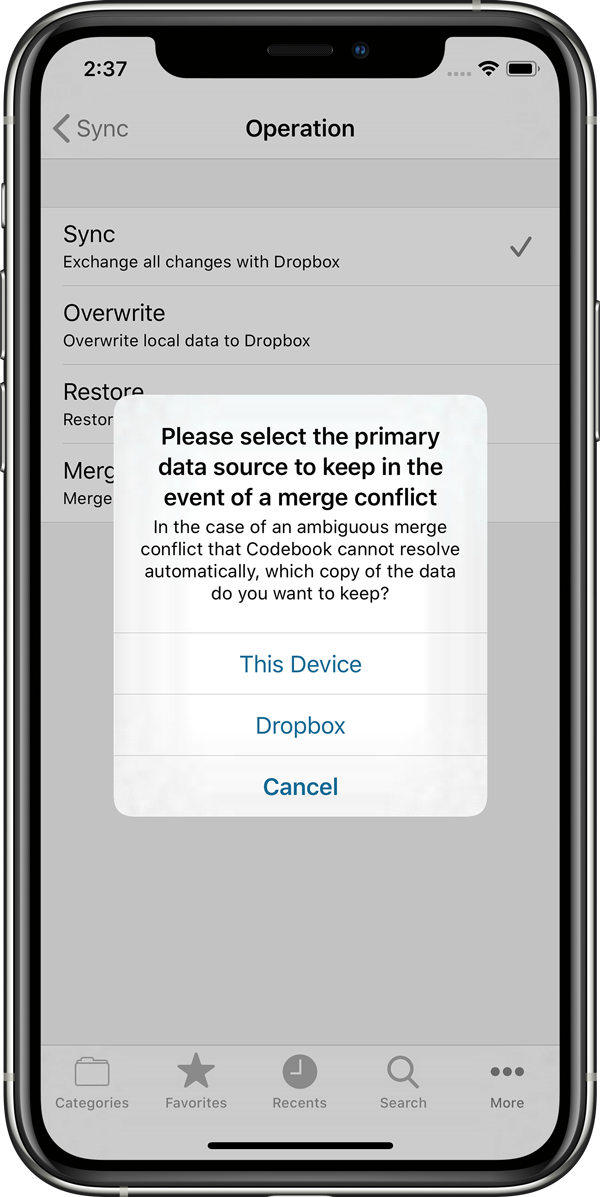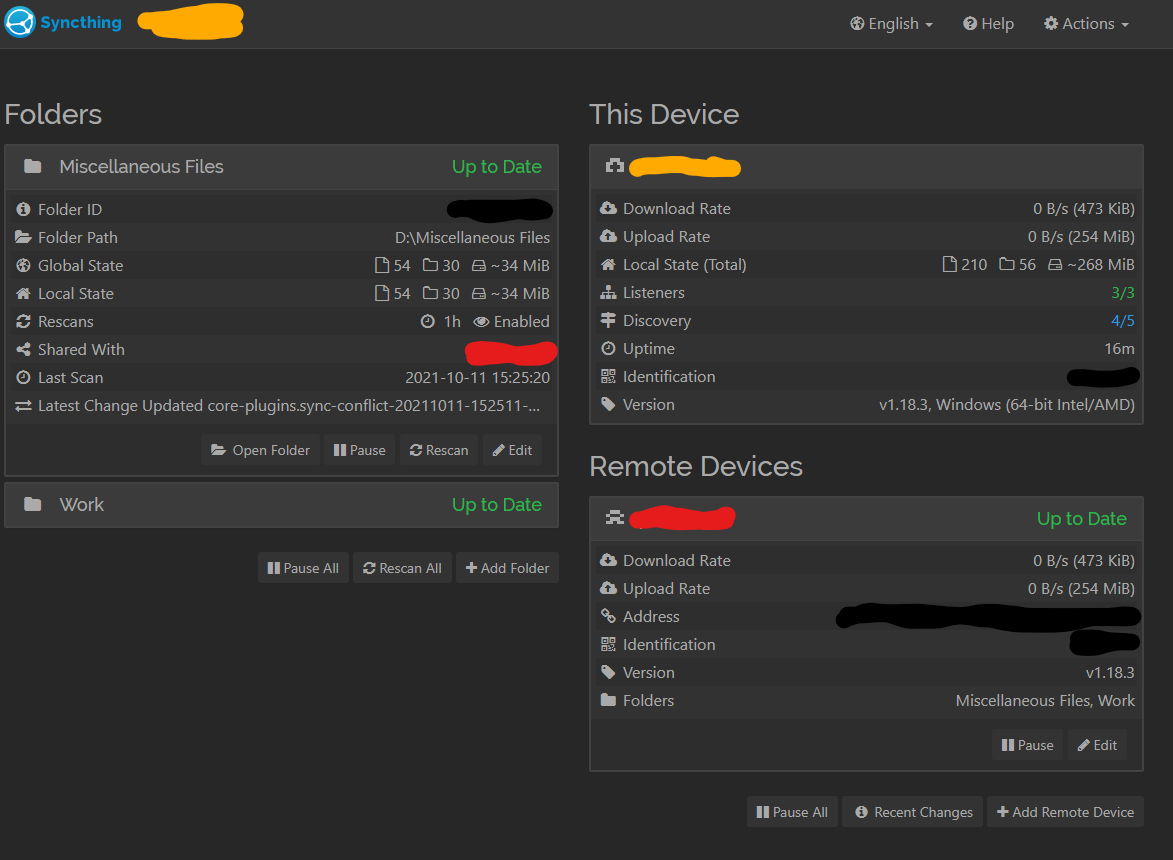

The outputs will show the credentials that were created for the account requested as plain text in the War Room, so we recommend that after you run this command, you also run the Gets the credentials (password) of the account for which the request was made. Create a new credentials release requestĬreates a new credentials release request. ID of the Functional Account used for SSH session logins.ģ.
Pwsafe sync conflict on password#
True if password auto-management is enabled, otherwise false. Time (UTC) that password changes are scheduled to occur. Name of the related entity (Asset, Directory, Database, or Cloud).Įmail address of the user that manages the system. True to change passwords on release of a request, otherwise false. Is set if the Managed System is a Database.ī Setting this value will allow Password Safe to fall back to the NetBIOS name, if needed. ID of the default Password Rule assigned to Managed Accounts that were created under this Managed System.ĭomain NetBIOS name. ID of the default DSS Key Rule assigned to Managed Accounts that were created under this Managed System. Is set if the Managed System is a Cloud System. True to enable password testing, otherwise false. Is set if the Managed System is an Asset or a Database.Įlevation command to use (sudo, pbrun, or pmrun).

Is set if the Managed System is a Directory. The change frequency for scheduled password changes: "first"– Changes are scheduled for the first day of the month "last"– Changes are scheduled for the last day of the month "xdays"– Changes are scheduled every "x" days (see ChangeFrequencyDays) ID of the functional account used for local Managed Account password changes. When ChangeFrequencyType is “xdays”, the frequency with which the password changes (between 1-90 days).ĭefault Information Systems Administrator (ISA) release duration. True to queue a password change when scheduled password test fails, otherwise false. If null and the related Platform.PortFlag is true, Password Safe uses Platform.DefaultPort for communication.Ĭonnection timeout – Length of time in seconds before a slow or unresponsive connection to the system fails.ī True if the account is for Information Systems Administrator (ISA) access, otherwise false.

True if the account credentials are in the process of changing, otherwise false. The date and time of the next scheduled password change. The date and time of the last password change. Returns a list of managed accounts that the current user has permissions to request.ĭatabase instance name of a database-type managed system.īī Get a list of managed accounts for the current user
Pwsafe sync conflict on update#
Update credentials for a managed account: beyondtrust-change-credentialsġ. Get credential for an approved credentials release request: beyondtrust-get-credentials Get a list of managed systems: beyondtrust-get-managed-systemsĬreate a new credentials release request: beyondtrust-create-release-requestĬheck in or release a request: beyondtrust-check-in-credentials Get a list of managed accounts for the current user: beyondtrust-get-managed-accounts After you successfully execute a command, a DBot message appears in the War Room with the command details. You can execute these commands from the Cortex XSOAR CLI, as part of an automation, or in a playbook. To validate the URLs, token, and connection. System Name (optional for fetch credentials) : a textual name for the integration instance. To create and configure a new integration instance. For detailed instructions, see theĬonfigure BeyondTrust Password Safe on Cortex XSOAR

The API key is generated after you configure an API Registration. To configure an integration instance, you need your BeyondTrust API key. The name of the managed account will be the username/email (depending on how the instance is configured) and the password will be the password of the integration (when creating an instance). In the managed system, create a managed account. The name of the system should be the name of the integration (service/platform) you want to use, which will make it easier to filter credentials. In the BeyondTrust platform, create a new asset. Users will not be able to run commands for which they are not assigned to the specific role for a command.įor the fetch credentials function to work properly, you need to create a new asset, managed system, and managed account in BeyondTrust. Unified password and session management for seamless accountability and control over privileged accounts.Įach command is assigned a role.


 0 kommentar(er)
0 kommentar(er)
